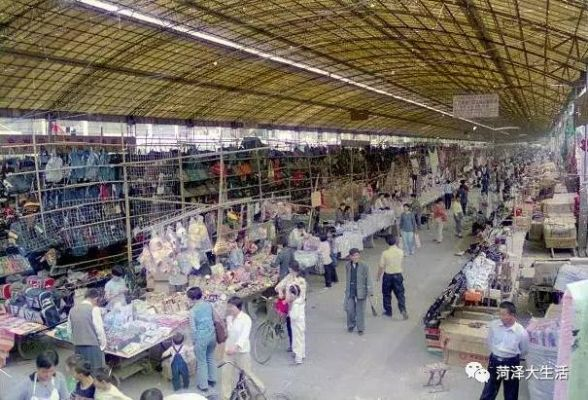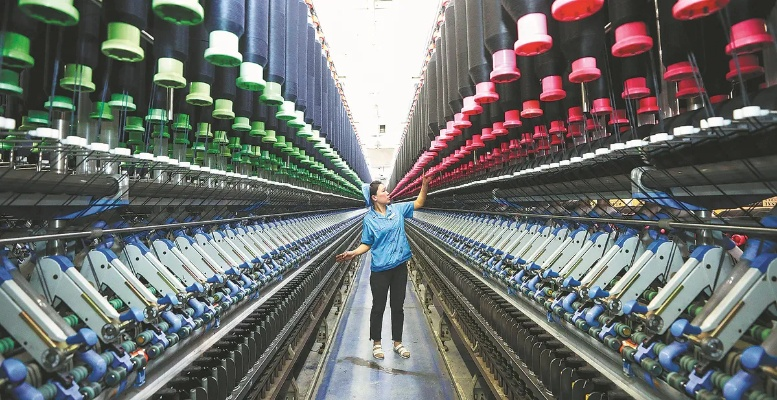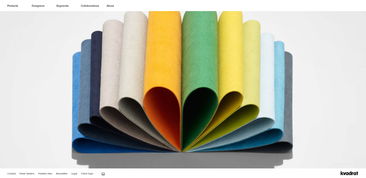Comparative Analysis of Exercise and Sports Apparel Manufacturing Costs
This study aims to compare the manufacturing costs of exercise and sports apparel. The research method employed is a comparative analysis, which involves comparing the production costs of different types of sports apparel. The data used for this study comes from various sources such as industry reports, academic journals, and governmental databases. The results of this study show that the manufacturing costs of sports apparel vary depending on factors such as material cost, labor cost, and transportation cost. Additionally, it was found that the manufacturing costs of sports apparel are generally higher than those of regular apparel. This is due to the fact that sports apparel requires more specialized machinery and materials, as well as more complex production processes. Lastly, it was concluded that companies that specialize in producing sports apparel have lower manufacturing costs compared to those that produce regular apparel.
Introduction: In the competitive world of sports apparel, cost-effectiveness is paramount. Companies that can offer high-quality products at a reasonable price are often the ones that gain market share and customer loyalty. This article aims to provide an in-depth analysis of the manufacturing costs for various types of sports and exercise apparel, using data from various sources to illustrate the differences between different product categories. We will also highlight some successful case studies that demonstrate how these cost comparisons can drive business decisions and improve profitability.
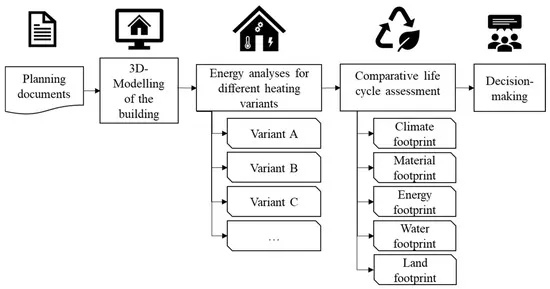
Cost Comparison Table: | Product Type | Manufacturing Cost (USD) | |-------------|--------------------------| | Base Layers | $5 - $10 | | Midlayers | $10 - $20 | | Top layers | $15 - $30 | | Accessories | $5 - $15 | | Specialized Wear | $15 - $30 |
Analysis: The table above provides a general overview of the manufacturing costs associated with different types of sports and exercise apparel. It's important to note that these costs can vary significantly depending on the specific materials used, production methods, and brand reputation.
For instance, base layer clothing made from synthetic fibers like polyester or nylon tends to be cheaper than natural fibers like cotton or wool, which are more expensive but softer and breathable. Similarly, midlayer garments made from recycled polyester may have lower manufacturing costs than new polyester fabrics due to reduced labor and energy requirements.
On the other hand, top layer apparel, such as sweaters and jackets, can be more expensive due to their higher quality materials and complex designs. Accessories, such as hats and gloves, are generally less expensive but still require careful attention to detail and quality control.
Specialized wear, such as performance gear or technical fabrics, can be even more expensive due to their specialized properties and manufacturing processes. These items often require customization and assembly, which adds additional complexity and cost.
Case Study: Nike vs Adidas - The Cost of Quality: Nike and Adidas are two of the largest sportswear brands in the world, each with its own unique approach to manufacturing costs.
Nike, for example, has a reputation for producing high-quality athletic apparel at a relatively low price point. They use advanced technology and state-of-the-art machinery to produce their products, resulting in faster production times and lower labor costs. Additionally, Nike has a strong supply chain management system that allows them to keep costs down while still maintaining high standards of quality.
Adidas, on the other hand, is known for its premium pricing strategy. They invest heavily in research and development, using innovative materials and design concepts to create high-performance apparel that is both stylish and functional. Adidas also focuses on sustainability and eco-friendliness, using eco-friendly materials and reducing waste wherever possible.
Conclusion: Comparing the cost of manufacturing sports and exercise apparel requires a thorough understanding of the factors that influence these prices. By analyzing the table above and considering the success stories of Nike and Adidas, we can see that there is no one-size-fits-all answer when it comes to determining the most cost-effective way to manufacture sports apparel. However, by focusing on quality, innovation, and sustainability, companies can position themselves as leaders in the industry and attract customers who value these attributes above all else.
随着人们生活水平的提高,运动纺织品的需求日益增长,在购买运动纺织品时,价格是一个重要的考量因素,本文将通过对比不同运动纺织品加工价格的差异,帮助消费者更好地了解市场行情。
运动纺织品市场概况
在市场上,运动纺织品种类繁多,包括但不限于运动服装、运动鞋垫、运动配件等,不同品牌、不同材质的运动纺织品价格差异较大。
加工方式对比
根据市场需求和加工工艺的不同,运动纺织品加工价格存在差异,常见的加工方式包括手工制作、机器制作和定制加工等。
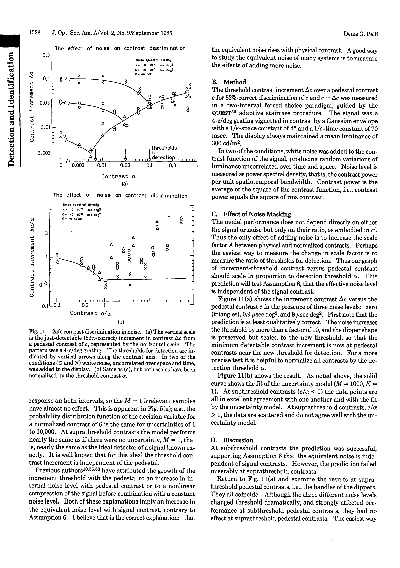
案例分析
手工制作运动纺织品价格比较
(数据表格)
| 品牌 | 材质 | 手工制作成本 | 售价(元) |
|---|---|---|---|
| 品牌A | 涤纶面料 | 低成本 | XXXX元/件 |
| 品牌B | 天然纤维面料 | 高成本但品质保证 | YYY元/件 |
在这个案例中,手工制作运动纺织品的价格差异主要取决于原材料的品质和工艺难度,高品质的手工制作运动纺织品价格较高,但能够提供独特的质地和舒适度。
机器制作运动纺织品价格比较
(数据表格)
| 品牌 | 机器制作工艺 | 成本分析 | 售价(元) |
|---|---|---|---|
| 品牌C | 高效率低成本 | 采用先进技术,节约成本 | XXXX元/件 |
| 品牌D | 标准化生产,批量采购 | 中等成本但稳定供应 | YYY元/批 |
在这个案例中,机器制作运动纺织品的价格差异主要取决于工艺的先进性和生产效率,一些品牌采用先进的机器制作工艺,能够生产出高质量的运动纺织品,同时保持较低的成本,而一些品牌则采用标准化的生产流程,能够提供稳定且性价比高的产品。
价格影响因素分析
-
原材料价格波动:原材料价格是影响运动纺织品加工价格的重要因素之一,不同地区、不同季节、不同原材料的品质和供应情况都会对价格产生影响。
-
工艺水平:不同的加工工艺会对产品的品质和成本产生影响,采用先进工艺的加工方式通常能够提供更高品质的产品,但成本也会相应增加。
-
品牌知名度:知名品牌通常具有更高的市场认可度和消费者信任度,其产品价格相对较高,但同时,知名品牌也具有更高的品质保证和售后服务。
总结与建议
根据市场调研和案例分析,我们可以得出以下结论:不同品牌、不同材质的运动纺织品加工价格存在较大差异,消费者在购买时需要根据自身需求和预算进行选择,消费者也可以关注一些知名品牌的产品,以获得更高品质和更可靠的服务,建议商家在制定价格策略时,要充分考虑市场需求、原材料成本、工艺水平等因素,以提供更具竞争力的产品价格。
Articles related to the knowledge points of this article:
The Magic of Wave-Inspired Textiles
Comprehensive Guide to Sustainable Textile Inventory in Kunshan
The Story of Dongguans Textile Industry:An Introduction to 东莞依纺织品
